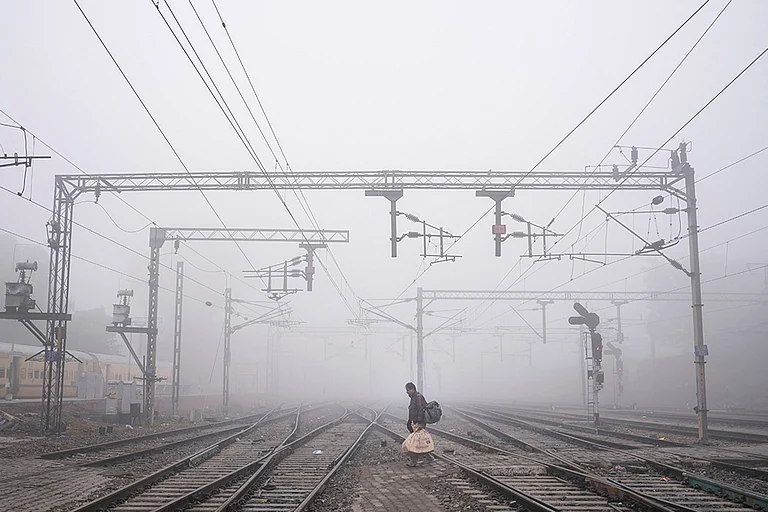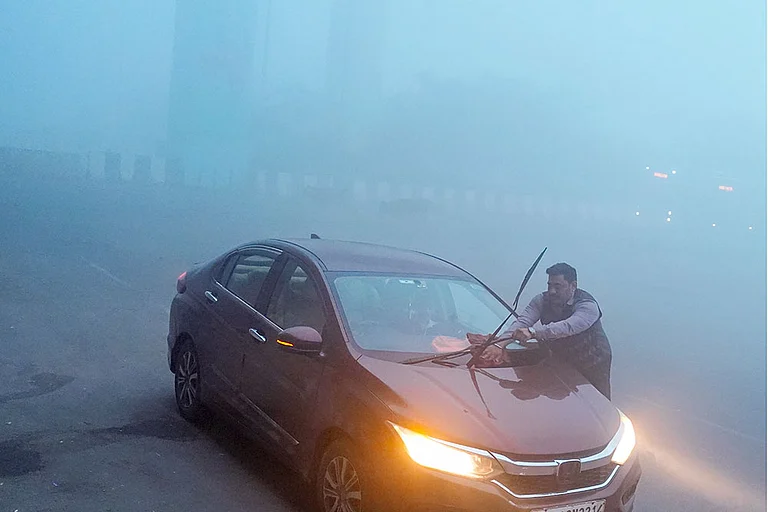As spring unfolds, thoughts are already turning towards the forthcoming summer season and its weather patterns. A significant factor in last year's weather woes, El Niño, is rapidly losing steam and is expected to fade away entirely by the time summer sets in.
However, the disappearance of El Niño doesn't signal relief from scorching temperatures. With the Earth steadily warming due to human-induced climate change, forecasters are predicting potential adverse effects.
Summer Weather Outlook
As cited by CNN, El Niño, characterized by warmer-than-average ocean temperatures in the equatorial Pacific, transitions to La Niña when these temperatures become cooler than average. The upcoming summer is anticipated to see ocean temperatures hovering around normal, marking a neutral phase before the emergence of La Niña in early summer, as per NOAA's Climate Prediction Center.
The influence of El Niño or La Niña on US weather varies depending on their strength and the season. Michelle L’Heureux, a climate scientist, notes that while their impact is more pronounced in winter, it's less clear-cut in summer, especially during transitional phases.
Historical Precedents
Looking back at similar summers provides insights. For instance, the scorching summer of 2016 followed a strong El Niño winter, while the summer of 2020, after a weak El Niño winter, still witnessed one of the hottest summers on record.
Furthermore, these climate phenomena are unfolding in a warming world, amplifying the potential for extreme heat.
Current Forecast
Forecasts for this summer indicate above-average temperatures across much of the contiguous United States. Particularly, the West is expected to experience warmer conditions, consistent with long-term climate trends. Summers in the West have warmed more than in any other region since the early 1990s.
Moreover, a significant portion of the West and Central US is likely to experience drier-than-normal conditions. This, coupled with above-normal heat, could exacerbate drought conditions.
In contrast, the Gulf Coast to the Northeast may anticipate wetter conditions, potentially leading to stormy weather throughout the East.
Hurricane Season Concerns
Apart from the heat, the strengthening La Niña conditions, combined with record-high ocean temperatures, raise concerns for the Atlantic hurricane season. A warmer world provides more fuel for tropical activity and stronger storms. La Niña typically fosters favourable atmospheric conditions for storm formation and sustenance.
Forecasters at Colorado State University have released an initial forecast indicating an above-average probability of major hurricanes making landfall along the continental United States coastline and in the Caribbean.



























